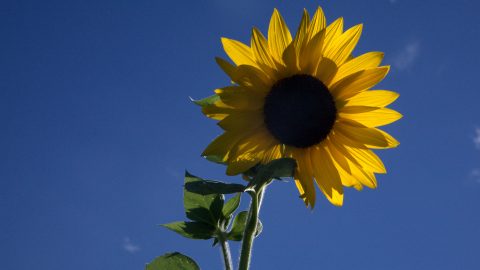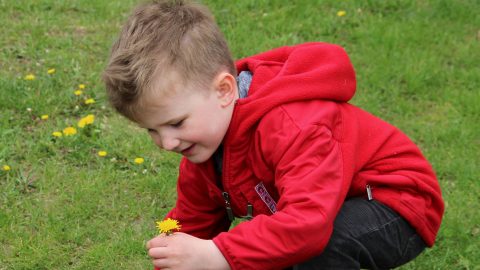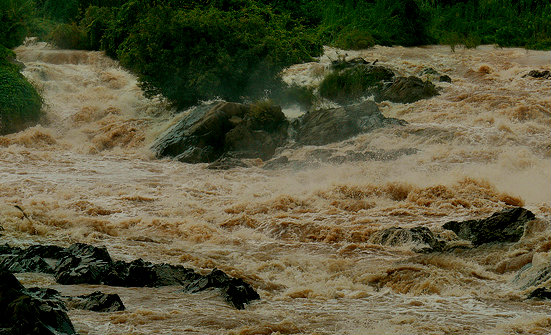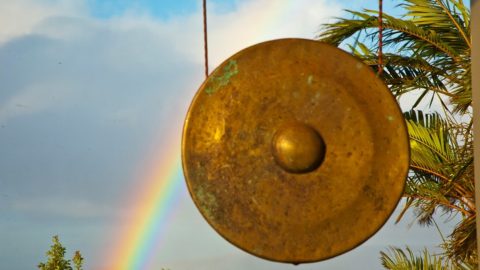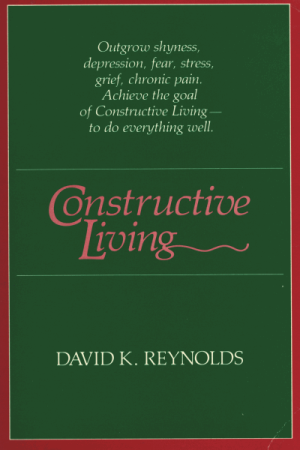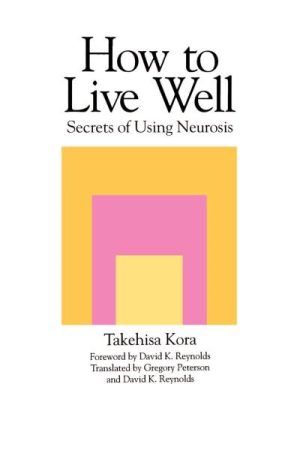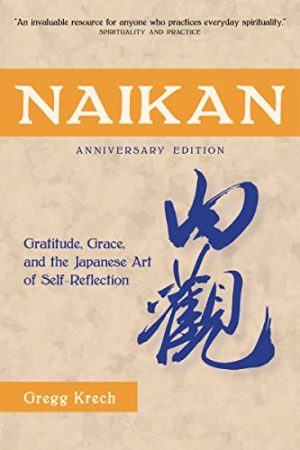by Gregg Krech
“Hold the sadness and pain of samsara in your heart and at the same time the power and vision of the Great Eastern Sun. Then the warrior can make a proper cup of tea.”
– Chogyam Trungpa
All of us have known sadness. We know what it is like to live with a heavy heart. Though our circumstances may vary greatly, our experience of sadness is shared. The great Tibetan Buddhist teacher, Chogyam Trungpa provides excellent advice on how to move forward in life, even though one’s heart might be filled with sadness.
“Hold the sadness and pain of samsara in your heart and at the same time the power and vision of the Great Eastern Sun. Then the warrior can make a proper cup of tea.”
The first thing we must do is be willing to hold our pain and sadness in our heart. Though we may be aware of our sadness, prompted by a diagnosis, or a loved one’s drug addiction, or despair about the environment, Trungpa is inviting us to hold hold that sadness in our heart, with warmth and tenderness. Rather than avoiding it, we can hold the experience in our heart. We can be open to the truth of our sadness. We can be genuine with ourselves and meet our pain with openness.
The second element of Trungpa’s advice is to hold the power and vision of the Great Eastern Sun in our heart at the same time. Now this is tricky. What does the Great Eastern Sun mean to you? It can represent wisdom and light. It can symbolize waking up to your life. It may be uplifting, illuminating and peaceful. It may carry the quality of nonaggression. So we are asked to hold the this power and vision even as we hold our sadness and pain. Is this possible? Can we hold two seemingly opposing views in our heart simultaneously? See what happens if you try.
This morning as I walked in the snowy woods I noticed the crisp air all around me and the blue sky above. Our dog was scampering happily in the snow, the birds were flocking to our feeder, and the world around me was peaceful and quiet. Yet I am holding great sadness in my heart even while surrounded by such beauty. I am aware of the beauty of life and at the same time am filled with sadness.
The haiku poet Issa represents this beautifully in one of his most famous poems:
The world of dew
Is the world of dew.
And yet, and yet …
He wrote this poem after the funeral of his baby daughter. All three of his children died before they reached their first birthday. What great sadness he had to carry in his heart. He understands that this world is impermanent. The “world of dew” is a world of birth and death. The morning dew is here in the morning and gone once it meets the rays of the sun. All things are subject to change. So Issa’s recognition of “the world of dew” is a statement of his own realization. He understands the way the world is. But “and yet, and yet” is a statement of his pain. It is the cry of a human being. It reflects his own humanity as a father. In this very short poem, he expresses both his sadness and his wisdom. In this moment he appears to hold both his pain and the Great Eastern Sun in his tender heart.
There is one final step in Trungpa’s advice: make a proper cup of tea. Up to this point, everything is about meditation and contemplation, but now we are advised to take action. We must get up and live our life. What is there to do? Make a cup of tea? Plan a trip? Sign a petition? Write to your senator? Our heart can be filled with both sadness and joy, and we can take that heart with us as we act. Pain and joy flows through all of our lives and all of our hearts.
Pema Chodron, a former student of Chogyam Trungpa, adds a cautionary note to his quote:
“You can be willing to feel fully and acknowledge continually your own sadness and the sadness of life, but at the same time not be drowned in it.”
This is the difficulty many of us have when acknowledging our own pain and suffering. We are drowned by it. We lose sight of the Great Eastern Sun and either take no action, or act from a heart which is consumed by sadness.
We have a great challenge to meet these days. Many of us are deeply worried about our country and our troubled world. Our hearts may break for those who are vulnerable and victimized. We may be saddened by the world and the unfolding of events. But as warriors, we can feel our pain and not be drowned by it. We can take a breath, and make a cup of tea, and feel the sad and joyful richness of being alive.
Gregg Krech teaches Japanese Psychology and is the author of several books including, The Art of Taking Action: Lessons from Japanese Psychology. He will be teaching a 30 day program, beginning Feb. 21, 2025, entitled Taking Action: Finishing the Unfinished (and Unstarted).


